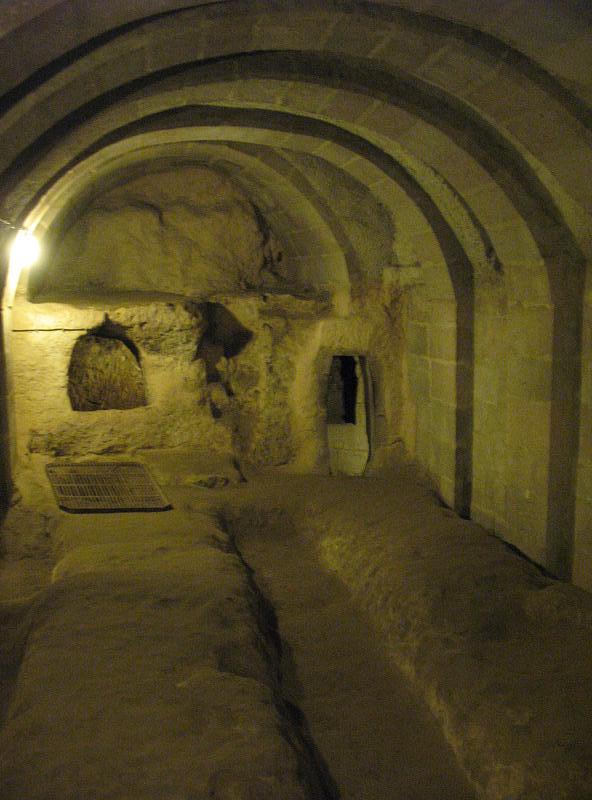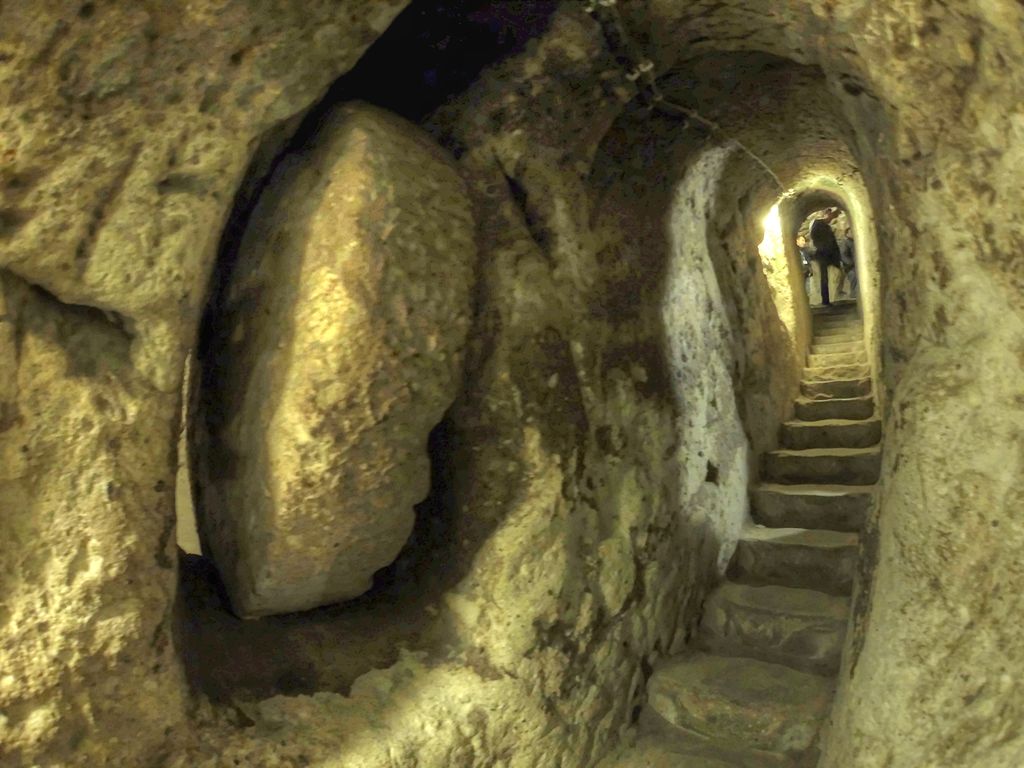That was nearly 60 years ago: in 1963, a resident of Derinkuyu district in Turkey’s Nevşehir province knocked down a wall in his basement and couldn’t have been more surprised by what he discovered. The man (unidentified) came across a gigantic underground city, which could house up to 20,000 inhabitants.
The town, formerly called Elengubu – and currently named after the district where it is located – was discovered after the man walked through a succession of tunnels. Later investigations revealed that it was 18 stories high and 85 meters deep and housed everything from chapels and schools to stables.
Derinkuyu is said to have been created between the 8th and 7th centuries BC. AD, according to archaeologists from the Turkish Department of Culture. It reached its peak during the Byzantine era (c. AD 395 to AD 1453), when it was transformed into a maze of tunnels, chambers and halls spread over 445 square kilometers. The network of tunnels and passages contained hidden entrances, ventilation shafts, and water shafts and channels. There are traces of the use of parts of the complex in the 20th century, but in general the city was abandoned for centuries.

auspicious rocks
Formed by deposits of volcanic ash, the local rock is soft, an facilitating factor for what was done there, but the Phrygian inhabitants of the region who initiated the construction did not expand it much. According to a manuscript from around 370 BC that possibly describes Derinkuyu, underground dwellings at the time were large enough for a family, domestic animals, and food. Later, however, the work was expanded and even connected to other underground cities in the region.
It was probably first thought to use soft rock for storage purposes, keeping food at cool and stable temperatures. From there, taking advantage of the geological peculiarities of the place for habitation and defense was not an unexpected leap. It turned out that the inhabitants of the lower levels, for example, could cut off the water supply to the upper and lower levels, preventing enemies from poisoning the supply. The tunnels could be blocked from the inside by round rolling stone doors, and the passages themselves were narrow enough to force invaders to line up one at a time.
The underground cities of Turkey have become a defense of the different populations against the rival occupiers of the region. The early Christians, for example, used the site to hide from the Romans. Muslims took refuge there during the Arab-Byzantine wars of 780 and 1180.
mass leak
There are reports of caves similar to those at Derinkuyu being used in 1909 to dare to sleep above ground,” wrote Richard MacGillivray Dawkins, a linguist at the University of Cambridge (UK), who was visiting the area in that time.” Regards […] that until recently, people lived entirely in these underground dwellings, with no houses above ground.
Derinkuyu is said to have been abandoned in the 1920s when the Cappadocian Greeks, defeated in the Greco-Turkish War, suddenly fled en masse to Greece. Later explorations revealed that the city was part of a collection of more than 200 small underground urban centers discovered in the region which could be connected to these tunnels, creating a huge underground network.
See as well

“Typical thinker. Unapologetic alcoholaholic. Internet fanatic. Pop culture advocate. Tv junkie.”


:strip_icc()/i.s3.glbimg.com/v1/AUTH_da025474c0c44edd99332dddb09cabe8/internal_photos/bs/2023/D/n/i7eIkcQsAB0YgsWKDQMw/whatsapp-image-2023-03-08-at-10.48.49.jpeg)




:strip_icc()/i.s3.glbimg.com/v1/AUTH_63b422c2caee4269b8b34177e8876b93/internal_photos/bs/2021/T/V/IFkavRRSSjHCBPZfqVXw/ap21313490536644.jpg)